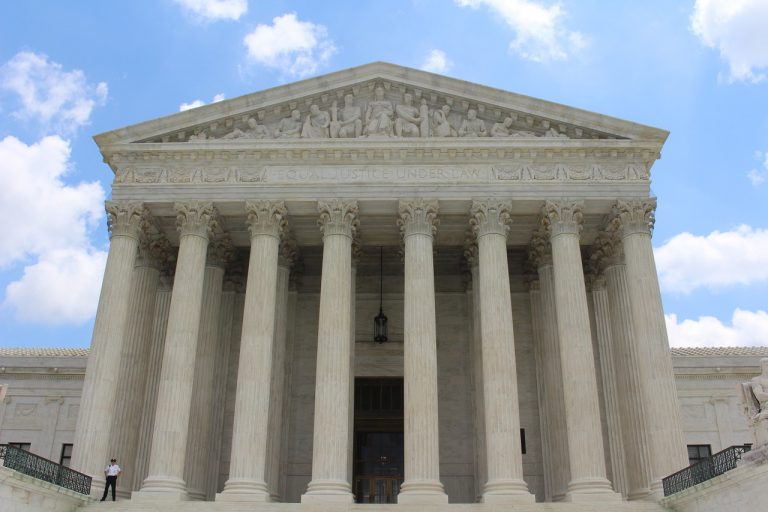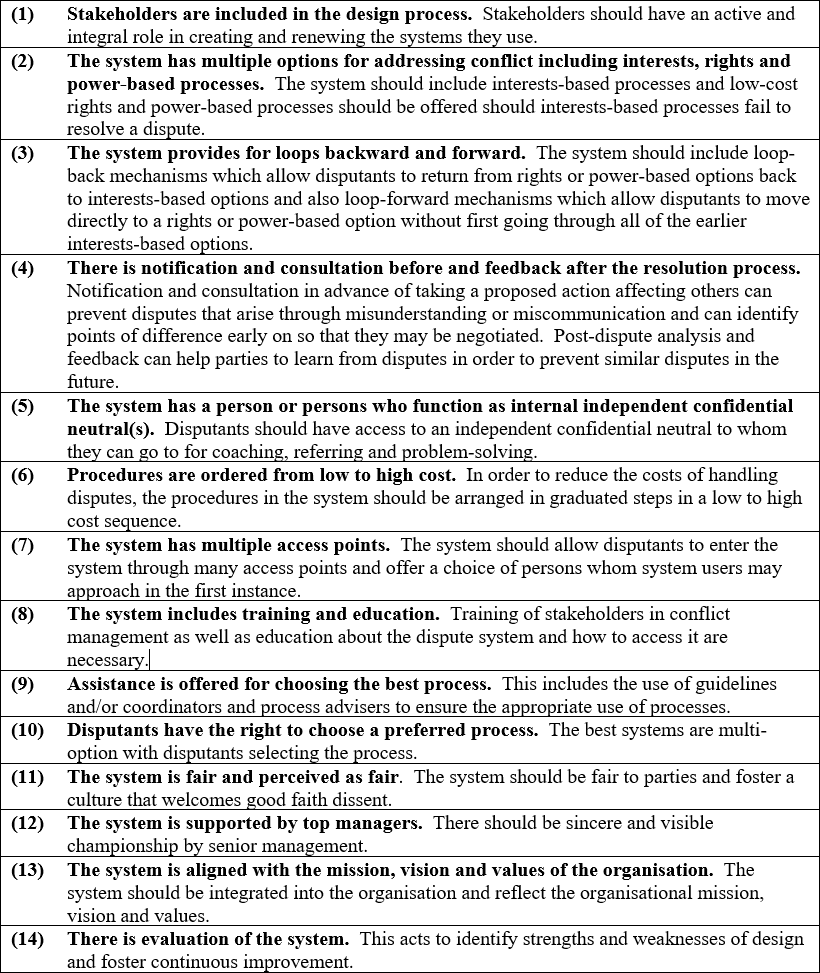Previously on the blog, Melinda Jone evaluated Australia’s tax dispute resolution system in the context of the Australian Taxation Office’s reinvention program. In this piece, she will be discussing the tax dispute resolution system in the United States.
In order to reduce conflict escalation and improve their relationships with taxpayers, there has been a trend by revenue authorities internationally towards employing different initiatives, such as alternative dispute resolution (ADR) processes, to resolve tax disputes without litigation.
ADR can be defined as ‘an umbrella term for processes, other than judicial determination, in which an impartial person assists those in a dispute to resolve the issues between them’. The underlying essence of ADR processes is that they allow disputes to be resolved earlier, or avoided altogether, thereby giving both parties greater certainty and the ability to channel scarce resources into more productive activities.
The adoption of ADR processes by revenue authorities also aligns with the concept of dispute systems design (DSD), which refers to a deliberate effort to identify and improve the way an organisation addresses conflict by decisively and strategically arranging its dispute resolution processes. DSD includes a focus on the use of interests-based dispute resolution procedures such as interests-based ADR (for example, facilitation and mediation).
The United States is regarded as a relatively mature jurisdiction in terms of the use of ADR in tax dispute resolution. In 1990, Congress passed the Administrative Dispute Resolution Act of 1990 which mandated that all federal government agencies begin to implement ADR into their administrative dispute processes in order to reduce the time and cost associated with resolving disputes.
In 1998, the Internal Revenue Service Restructuring and Reform Act of 1998 enacted Internal Revenue Code §7123. This section directed the Internal Revenue Service (IRS), the country’s tax agency, to implement procedures to allow a broader use of early appeals programs and to establish procedures that allow for ADR processes such as mediation and arbitration. Pursuant to these mandates, the Internal Revenue Service created five main ADR programs: Fast Track Settlement; Fast Track Mediation; Early Referral; Post Appeals Mediation; and Arbitration. Since then, the range and scope of ADR programs offered by the agency has changed and developed over time.
Against this background, this article summarises the findings from a DSD evaluation of the tax dispute resolution system of the United States. Consistent with the prior evaluation of the Australian system, this evaluation was conducted using the 14 DSD principles of best practice as outlined in Table 1.
Table 1: The 14 Dispute Systems Design Principles Used in this Study
Findings
The DSD evaluation conducted indicates that the tax dispute resolution system in the United States follows many of the DSD principles of best practice derived from the literature. This includes:
- Involving stakeholders in the design process, for example, through the pilot programs of ADR processes (Principle 1);
- Providing multiple options for addressing conflict, such as direct negotiation between the parties, procedures in the Internal Revenue Service Appeals Office, and litigation in the US Tax Court, US District Court or US Court of Federal Claims (Principle 2);
- Providing loop-back and loop-forward mechanisms (Principle 3);
- Notification is provided by Internal Revenue Service’s Compliance and Enforcement News and feedback is provided through the National Taxpayer Advocate’s (NTA’s) Annual Reports to Congress (Principle 4);
- The Taxpayer Advocate Service (TAS) acts as an internal independent confidential neutral in the system (Principle 5);
- The ordering of the procedures from low to high cost (notwithstanding the high upfront costs generally incurred by taxpayers in tax disputes) (Principle 6);
- The provision of multiple access points to the system (Principle 7). Taxpayers may enter the dispute resolution system either at the IRS Appeals Office level or at the level of the US Tax Court;
- The provision of training and education for stakeholders, for example, through the Internal Revenue Service website and the Appeals mediation online self-help tool (Principle 8);
- Offering assistance for choosing the best process, for example, through the Low Income Taxpayer Clinics administered by the Taxpayer Advocate Service (Principle 9);
- Offering disputants the right to choose a preferred process (Principle 10). For example, at the various stages in the dispute resolution system where ADR programs are available, taxpayers may choose between ADR and the formal disputes process; and
- The presence of evaluation of the system, for example, customer satisfaction surveys (Principle 14).
However, the evaluation also indicates that the tax dispute resolution system of the United States also has some dispute systems design deficiencies. There appears to be limited visible evidence of the support and championship of the dispute resolution system by the top management of the Internal Revenue Service (Principle 12), namely the Commissioner of the Internal Revenue Service.
Moreover, with respect to the integration of ADR in the system (Principle 13), it appears that the Internal Revenue Service has been reluctant to fully embrace ADR. Nina Olson, head of the Taxpayer Advocate Service, has observed that the tax agency is underutilising ADR as a potentially valuable tool and in some respects, is administering ADR in a way that is unattractive to taxpayers (thus, impacting on Principle 11). She identifies that existing problems with the IRS’s use of ADR include, amongst other things, the narrow scope of availability of ADR and the effective veto power possessed by the agency over all ADR proceedings.
While ADR offers the prospect of resolving tax disputes in a less confrontational manner and can have positive effects on taxpayer satisfaction and voluntary compliance, it requires the active engagement and willingness of both parties to the dispute (i.e., taxpayers and the tax agency). Thus, in line with DSD best practice, the Internal Revenue Service should aim to promote and encourage the use of its ADR programs.
However, the promotion and encouragement of ADR by the Internal Revenue Service may be made more complex due to existing stakeholder perceptions of the agency. For example, in recent times, its officials have faced scrutiny by the media, Congress and the public for several alleged lapses in judgment. As a result, the Internal Revenue Service’s image and taxpayers’ confidence in it were tarnished.
Accordingly, in order for ADR to take place effectively, the Internal Revenue Service must firstly seek to (re)build its reputation in the eyes of taxpayers and thereby, their trust and confidence. In turn, this has the potential to not only positively impact on taxpayers’ willingness to engage in ADR, but also potentially enhance voluntary taxpayer compliance.
This article is based on: Jone, Melinda, ‘A dispute systems design evaluation of the tax dispute resolution system in the United States and possible recommendations from Australia’ 2018 16(1) eJournal of Tax Research 56-86. Available at: https://www.business.unsw.edu.au/research-site/publications-site/ejournaloftaxresearch-site/Documents/ejtr-16-1-4-a-dispute-systems-design-jone.pdf





Recent Comments